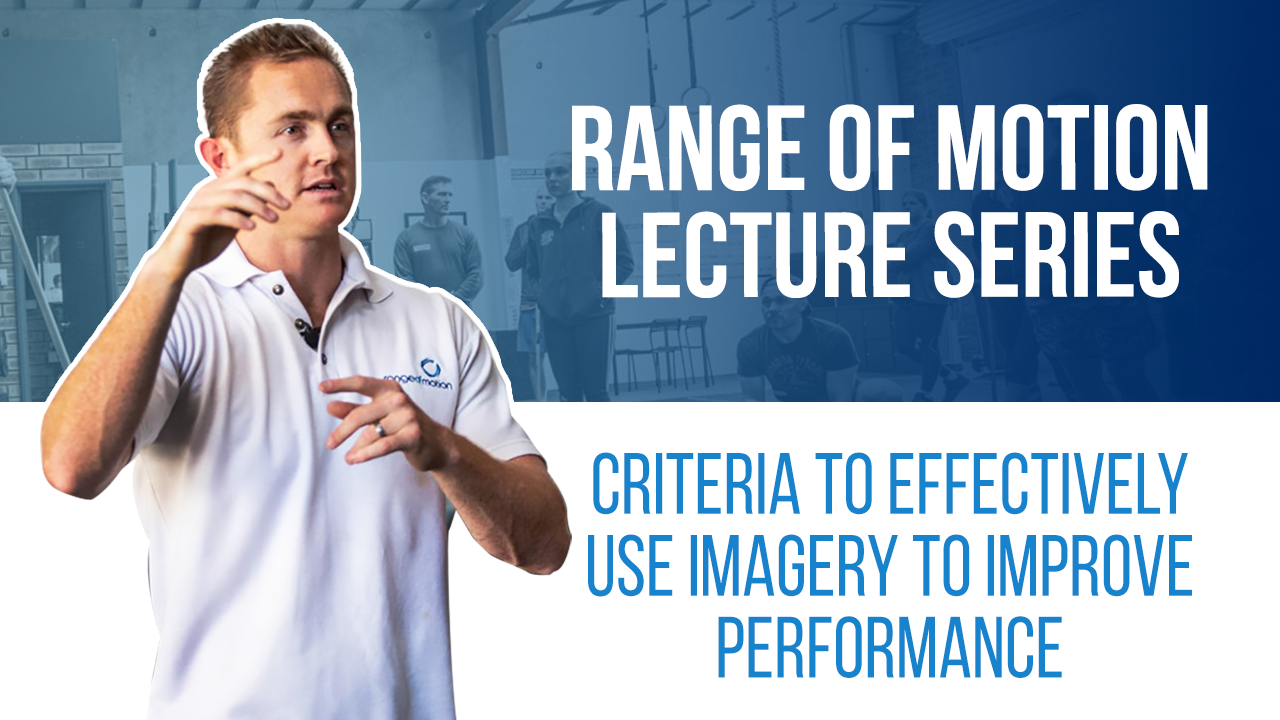– There are five different things that we need to try and create when we are doing visualisation. It’s not just the picture, because the more controllable we can make it, and the more vivid we can make it, our imagery, the more effective it’s going to be. So, you guys have all been in the pool this morning. Really good opportunity to take some of what you felt in the pool. So, the feeling of movement. Feeling the weight of the water on your hand rather than just slipping through. The visual. What can you see? What does the water look like? What’s around you? What colour are the flags? What colour are the caps of the people next to you? The auditory. What can you hear? People doing aqua aerobics, the coach talking, the background music, the water going into the gutter at the side of the pool. The tactile. Is it warm? Is it cold? Are your hands on the edge of the pool? Is it rough, are they smooth tile? The olfactory. What does it smell like? Can you smell the chlorine? Everyone can smell it when you first walk into that pool. So now we’re starting to visualise. It’s not just a visual thing. The more senses you can use, the more accurate this is going to be, and the more effective it’ll be to improve your performance.
The most common exercise mistake that limits people living with a disability
Every day, we work with people who do not let their disability define them. But when it comes to exercise, we see one...





